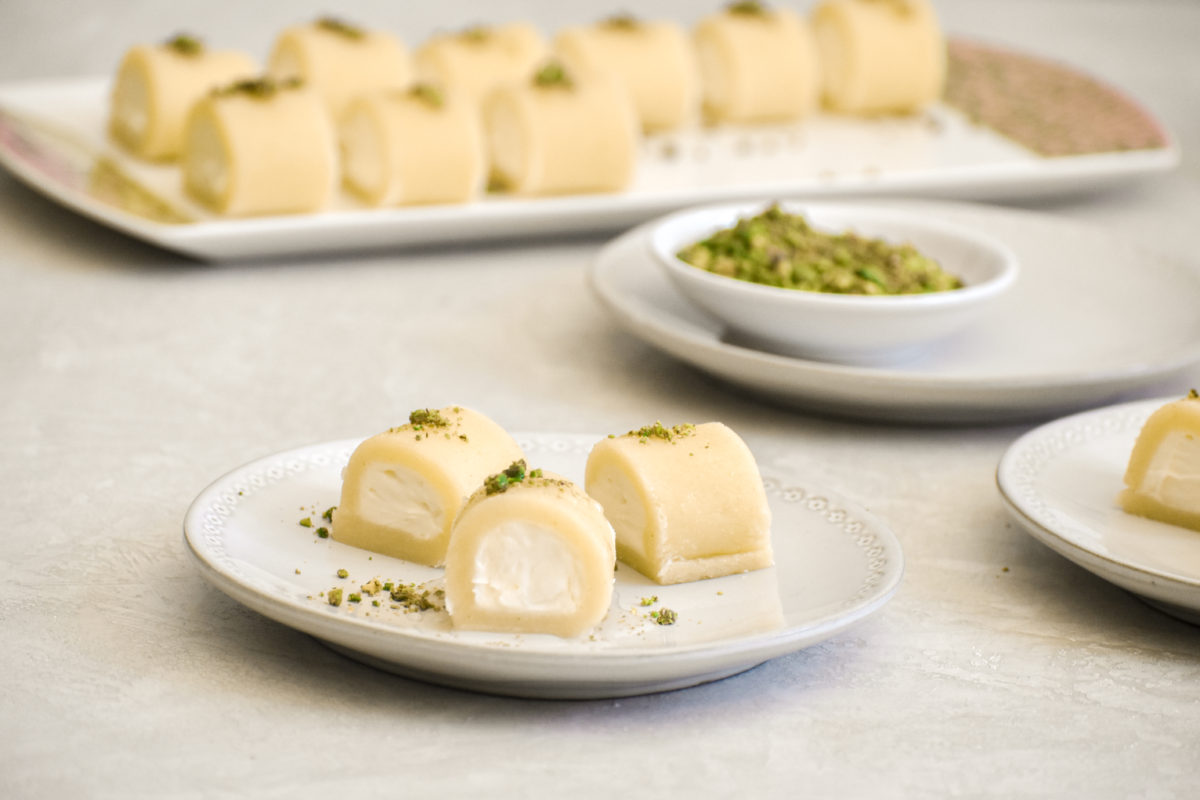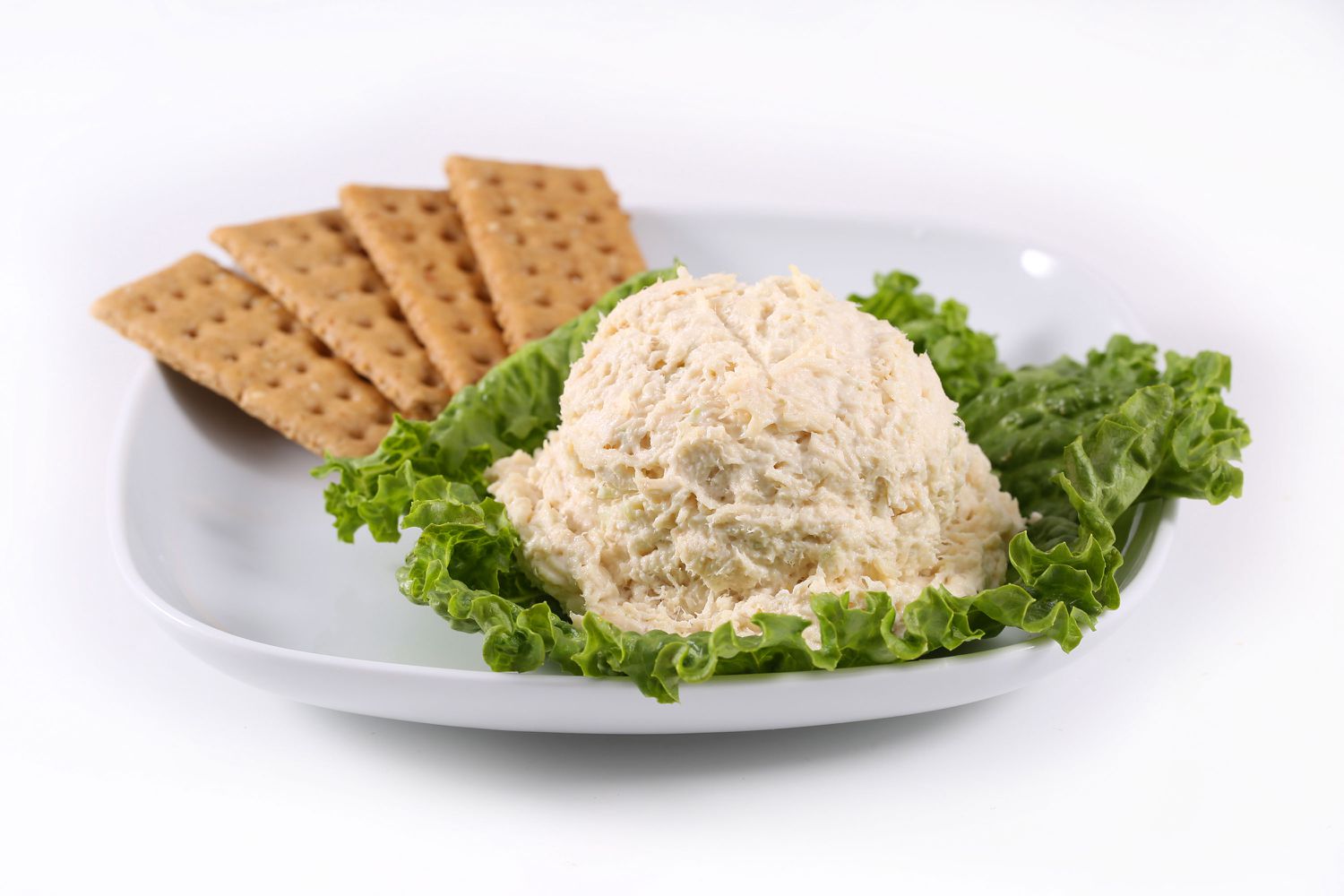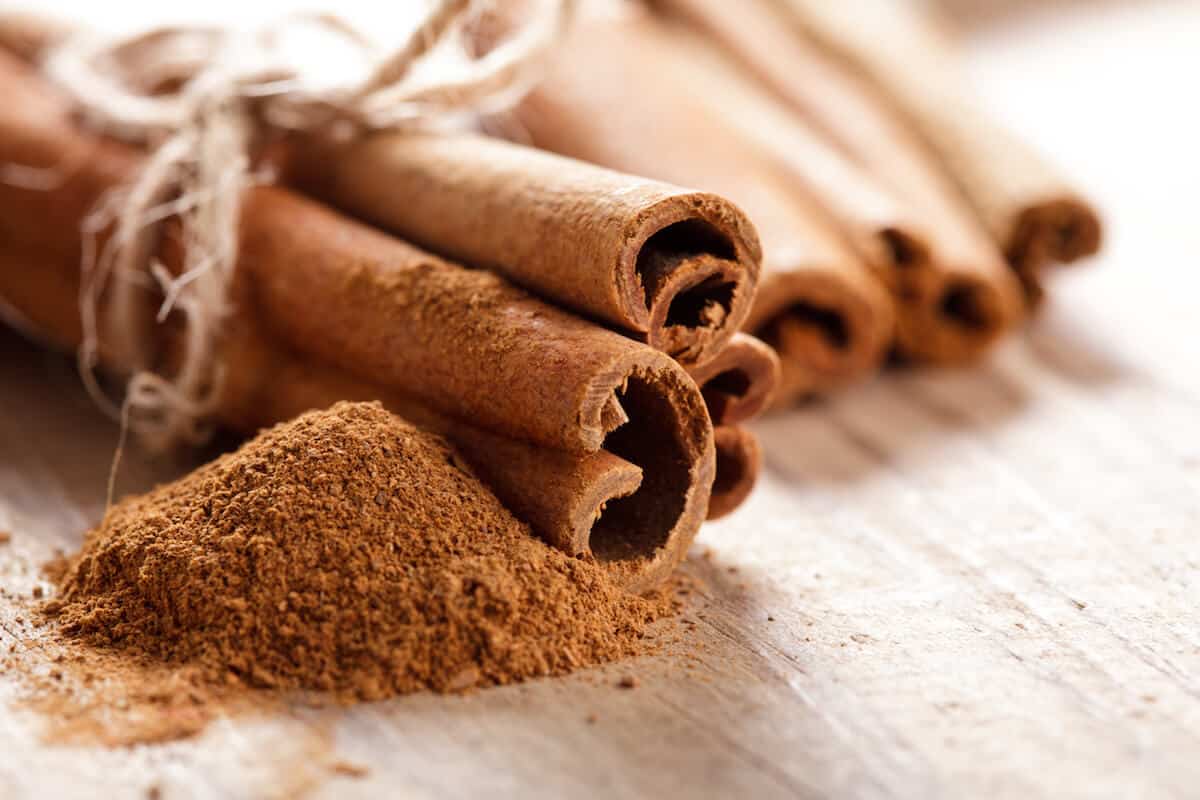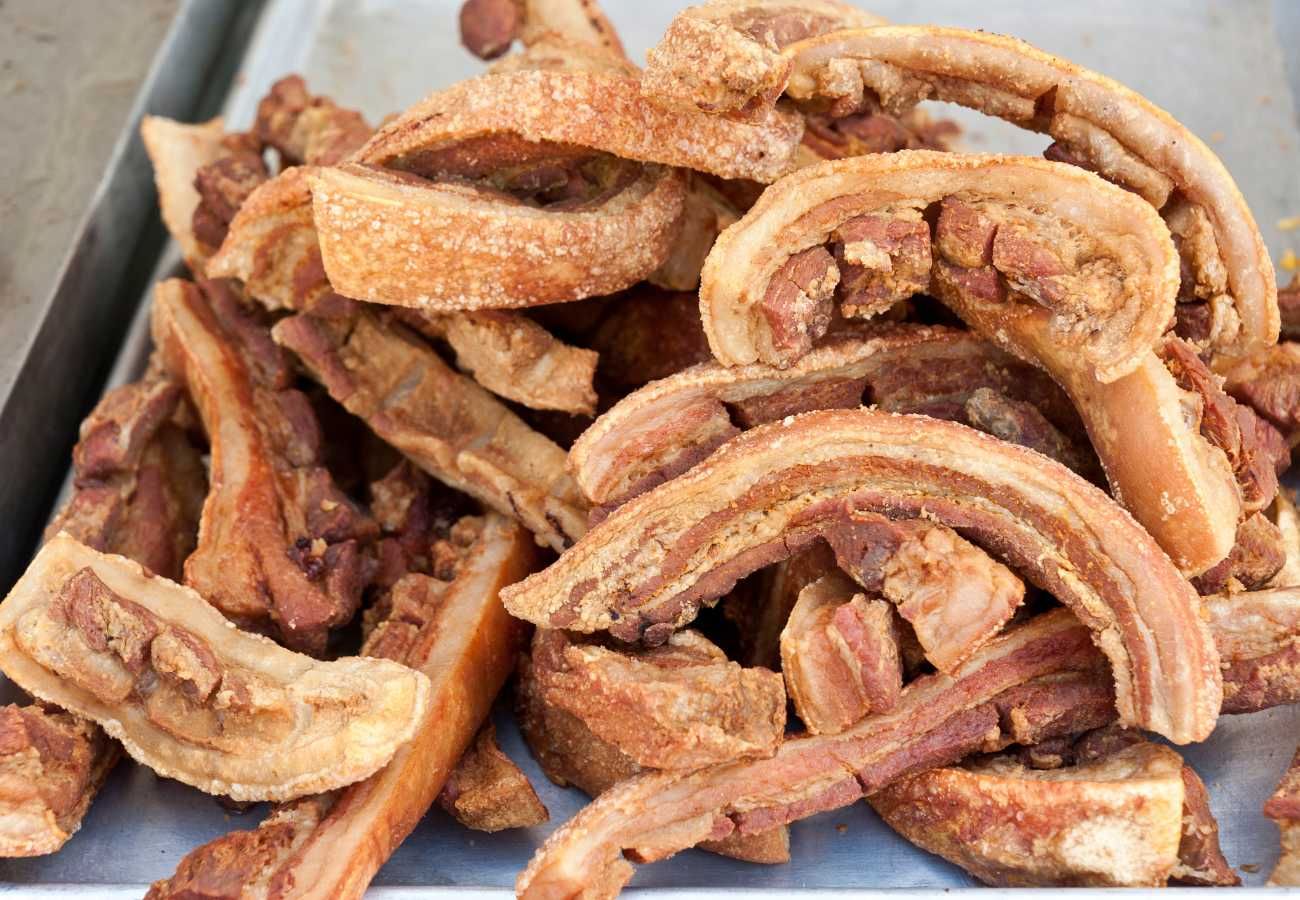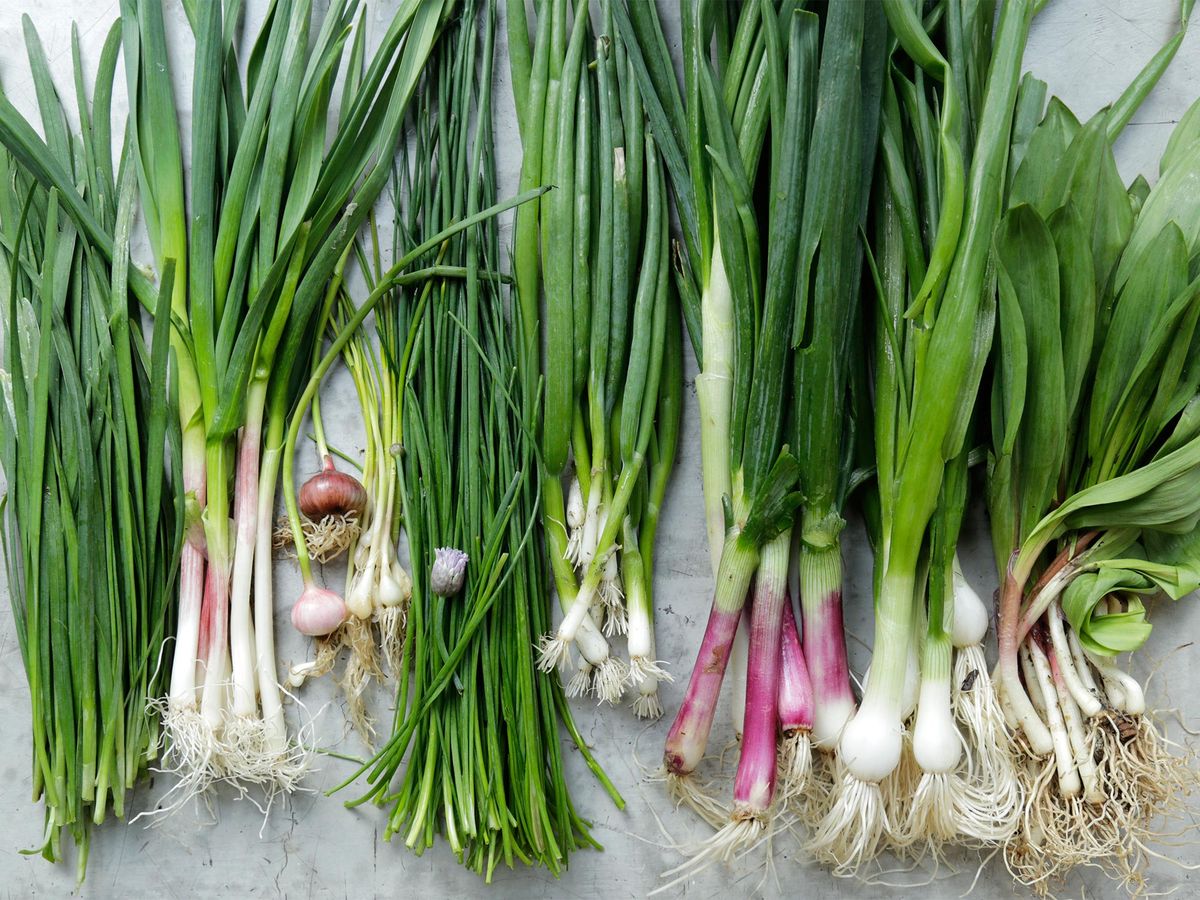Understanding Compressed Yeast
Compressed yeast, also known as fresh yeast, is a key ingredient in baking that is used to leaven bread, rolls, and other baked goods. It is a living organism that plays a crucial role in the fermentation process, which helps dough rise and develop its characteristic texture and flavor.
What is Compressed Yeast?
Compressed yeast is a moist, perishable form of yeast that is composed of living yeast cells, along with some residual water and food for the yeast. It is typically sold in small cakes or blocks and is kept refrigerated to maintain its freshness and viability. This type of yeast is often used by professional bakers and home bakers who prefer its reliable and consistent performance in bread making.
How Does Compressed Yeast Work?
When compressed yeast is added to dough, the yeast cells consume the sugars present in the flour and produce carbon dioxide gas and alcohol through the process of fermentation. The carbon dioxide gas gets trapped in the dough, causing it to rise and create a light and airy texture in the finished baked goods. The alcohol produced during fermentation evaporates during baking, leaving behind the delicious aroma and flavor associated with freshly baked bread.
Advantages of Compressed Yeast
Compressed yeast has several advantages that make it a popular choice for many bakers:
- Faster Activation: Compressed yeast activates quickly, allowing for shorter rising times compared to other types of yeast.
- Consistent Results: It provides reliable and consistent results, making it easier for bakers to achieve the desired texture and flavor in their bread.
- Natural Flavor: Compressed yeast contributes to a pleasant, natural flavor in baked goods, enhancing their overall taste.
Using Compressed Yeast in Baking
When using compressed yeast in recipes, it is important to crumble the yeast into small pieces and dissolve it in warm water or milk before adding it to the other ingredients. This step helps to activate the yeast and ensure that it is evenly distributed throughout the dough. It is also essential to pay attention to the temperature of the liquid used to dissolve the yeast, as overheating can damage the yeast cells and affect their ability to leaven the dough.
Storing Compressed Yeast
Due to its perishable nature, compressed yeast should be stored in the refrigerator to maintain its freshness and viability. It is best to use it before the expiration date indicated on the packaging for optimal results. If the yeast develops a sour smell or shows signs of discoloration, it is no longer suitable for use and should be discarded.
Conclusion
Compressed yeast is a valuable ingredient in the world of baking, offering bakers a reliable and effective way to leaven their bread and achieve delicious results. By understanding how to use and store compressed yeast properly, bakers can harness its potential to create a wide variety of flavorful and well-risen baked goods.

